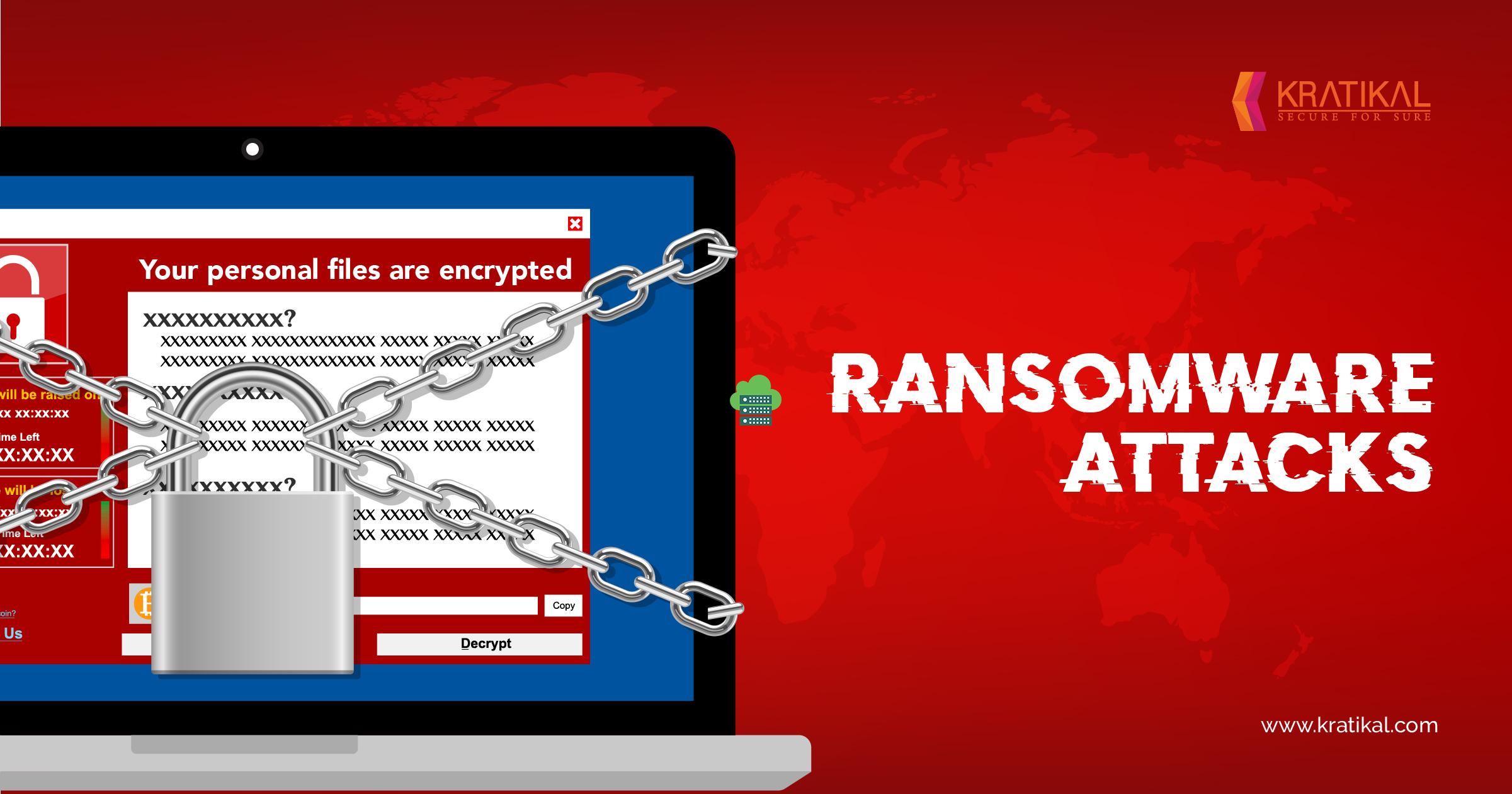Ransomware attack avoidance appears to be on the minds of many decision makers these days, and for good reason. Recent notable assault on Colonial Pipeline triggered panic buying of fuel, while another on JBS interrupted domestic cattle supply. In 2020, the United States had 65,000 of these assaults, which equates to more than seven ransomware attacks every hour.

Each of these attacks costs a company $170,000 on average. Colonial and JBS ultimately paid a total of $15 million in ransom! While large-scale assaults receive public attention, small and medium-sized firms are more vulnerable to ransomware attacks because they frequently spend less on security than larger corporations.

Ransomware Attack Prevention
How would you react if you discovered that your main backups were encrypted one day? You investigate deeper and discover that a ransomware assault has extended to your backup storage, leaving you unable to restore any backups and compelled to pay a ransom to hackers in order to recover your data.
Preventive actions are crucial to averting this data security disaster. When it comes to backing up your activities, smart businesses follow the 3-2-1-0 rule.
The 3-2-1-0 rule suggests having three copies of your data, which should be kept on two different types of media, with one copy available offshore, for a total of zero mistakes during the backup process. Offsite backups are difficult to get due to bandwidth constraints, large data quantities, and the cost of developing such a backup system. That is, until now. Offsite backups are difficult to get due to bandwidth constraints, large data quantities, and the cost of developing such a backup system. That is, until now.


